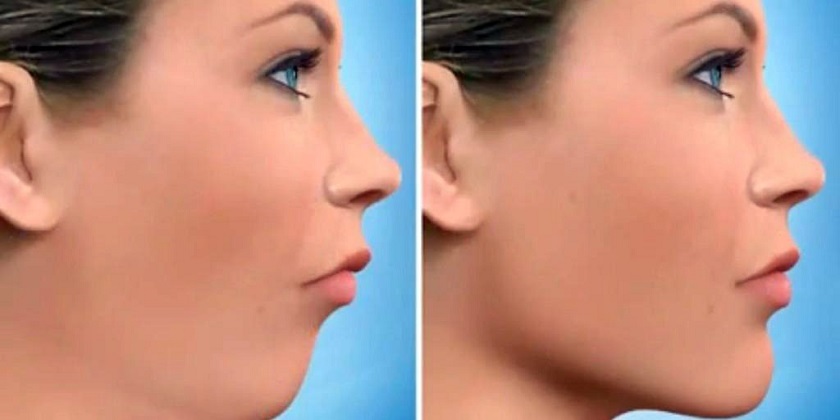- Home
- Orthognathic Surgery

Jaw surgery, also known as orthognathic (or-thog-NATH-ik) surgery, corrects irregularities of the jaw bones and realigns the jaws and teeth to improve the way they work. Making these corrections may also improve your facial appearance.
Jaw surgery may be a corrective option if you have jaw problems that can't be resolved with orthodontics alone. In most cases, you also have braces on your teeth before surgery and during recovery after surgery until healing and alignment are complete. Your orthodontist can work with your oral and jaw and face (maxillofacial) surgeon to determine your treatment plan.
Jaw surgery is appropriate after growth stops, usually around ages 14 to 16 years for females and ages 17 to 21 years for males.
Why it's done
Jaw surgery may help to:
- Make biting and chewing easier and improve chewing overall
- Correct problems with swallowing or speech
- Minimize excessive wear and breakdown of the teeth
- Correct bite fit or jaw closure issues, such as when the molars touch but the front teeth don't touch (open bite)
- Correct facial imbalance (asymmetry), such as small chins, underbites, overbites and crossbites
- Improve the ability of the lips to fully close comfortably
- Relieve pain caused by temporomandibular joint (TMJ) disorder and other jaw problems
- Repair facial injury or birth defects
- Provide relief for obstructive sleep apnea
How you prepare
In most cases, an orthodontist places braces on your teeth before surgery. Braces are usually on for 12 to18 months before surgery to level and align your teeth in preparation for surgery.
Your orthodontist and oral and maxillofacial surgeon work together to develop your treatment plan. X-rays, pictures and models of your teeth are part of the planning for your jaw surgery. Occasionally, the difference in the way teeth fit together will require either reshaping of the teeth, covering the teeth with crowns or both to complete correction.
Three-dimensional CT scanning, computer-guided treatment planning and temporary orthodontic anchoring devices may be used to help in the movement of teeth and decrease your time in braces. Sometimes these efforts completely eliminate the need for jaw surgery.
Sometimes virtual surgical planning (VSP) will be used to guide your surgeon to fit and correct the jaw segment position during the procedure for the most optimal result.


